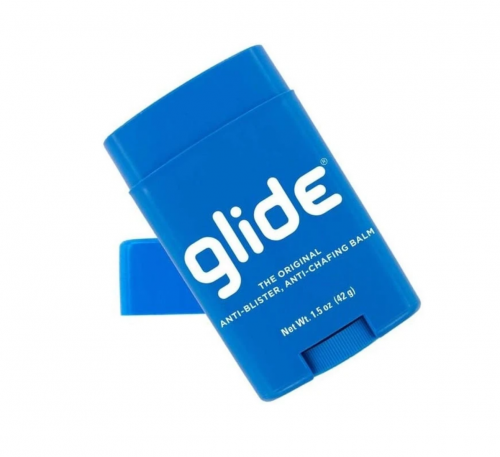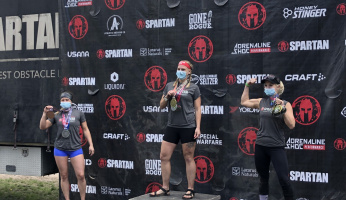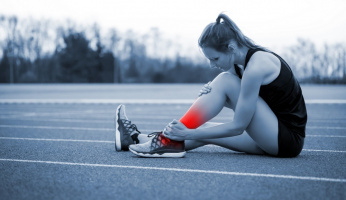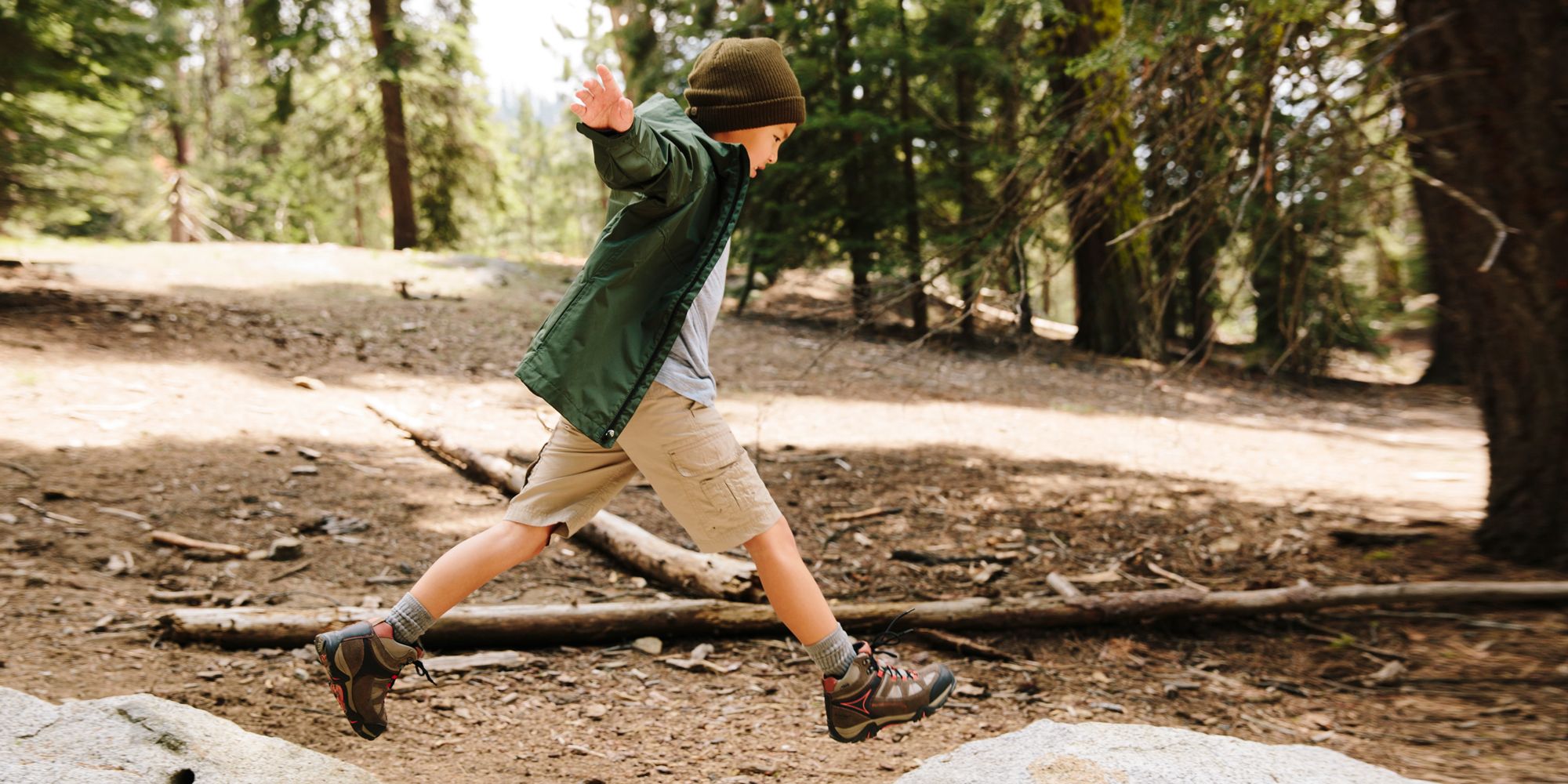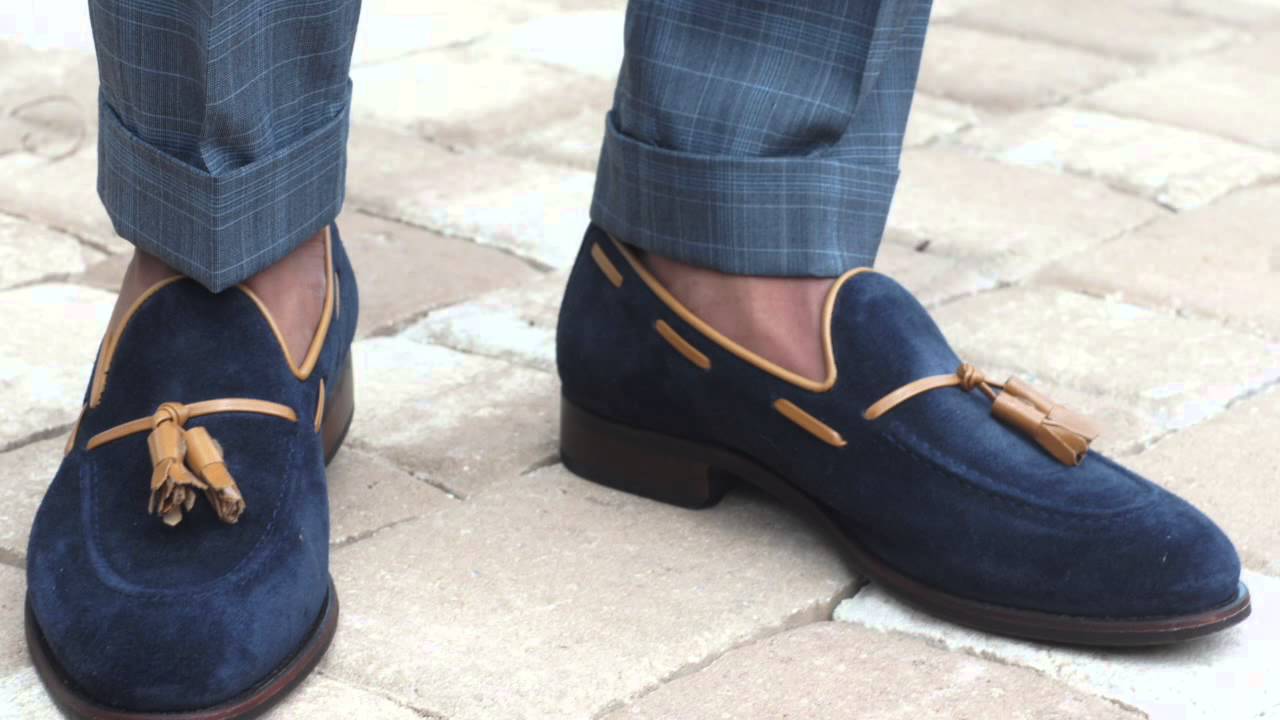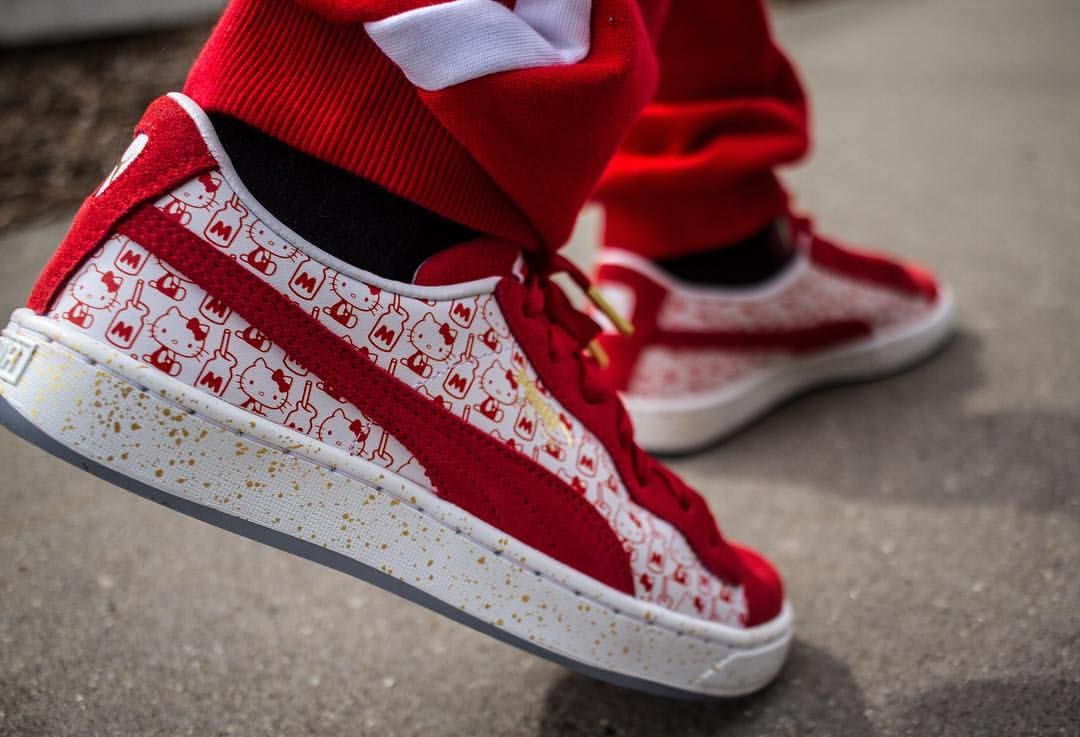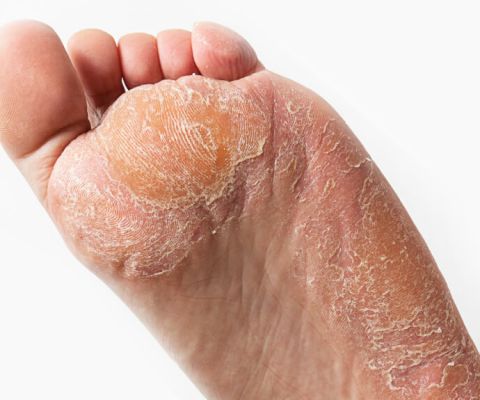Nipple Chafing: Is It Preventable?
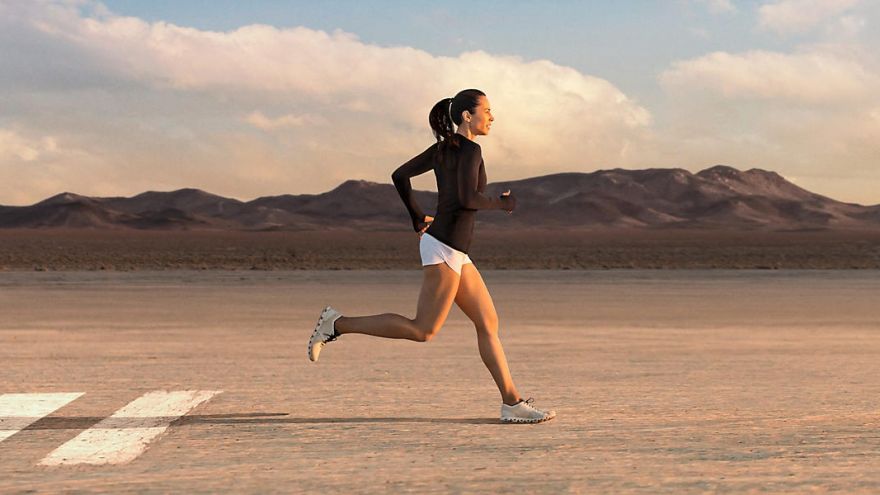
When I think of nipple chafing, I get goosebumps! I can think of a few moments when this has happened to me. My goal is to help you find ways to prevent chafing from happening again. I hope this article will be helpful and you are able to decrease the severity or occurrence of chafing.
Chafing
Chafing is the result of skin, clothing, or another item rubbing against an area of the skin, causing irritation. This irritation could be fueled by moisture. Chafing can lead to crusting, bleeding, cracking, and swelling in more severe cases. But, it normally is associated with a stinking and/or burning sensation at the site and redness.
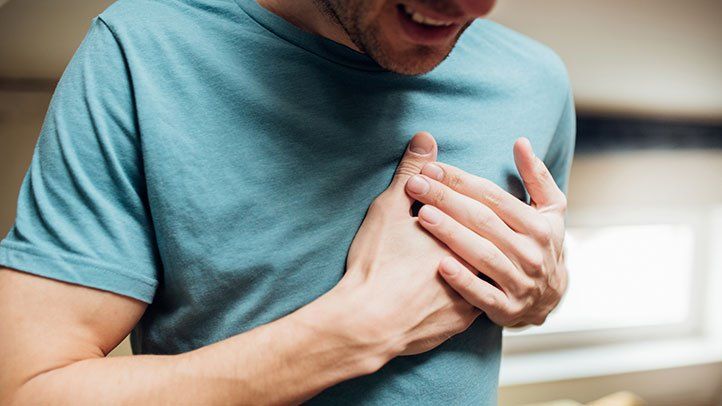
Many areas of the body are vulnerable to chafing. These areas could include your thighs, buttocks, armpits, nipples, feet, groin, and really any area that is vulnerable to friction and moisture. Today we will be discussing treatment and prevention for nipple chafing.
Causes
There are several things that can lead to nipple chafing. The possible culprits are as follows:
- Nursing (breastfeeding)
- Sports
- Clothes that do not fit well
- Fabrics (polyester and rayon)
- Cold temperatures (nipples are erect)
While running, cycling, or performing, a sport in a loose-fitting shirt or sports bra can cause there to be friction between your nipples and the fabric. You then couple this with the moisture from sweat and you have a perfect environment for nipple chafing.
Treatment
Whether or not you are working out, in your bathing suit, shopping, or relaxing at home, if an article of clothing is causing chafing, you want to remove that item as soon as possible and change to something that is more comfortable. You will want to wash the area with soap and water and apply a moisture-resistant ointment. If the skin is broken, you may want to apply an over-the-counter (OTC) antibiotic cream.
Covering the area with a gauze or cotton pad may help to avoid additional friction and avoid the activity that caused the chafing until the area has healed. It can also be helpful to apply a cold compress to the area to help with the pain. You will want to apply the cold compress for no more than 30 minutes at a time with at least a 30-minute break in-between applications.
Prevention
It is important to remember that being wet for an extended period of time can make your skin more susceptible to breaking down, cracking, and tearing. So, when you finish your workout, leave the beach or water, you have been sweating heavily, or you have been rained on, change into dry clothing immediately.
Some of the following ideas may help with preventing or decreasing your chafing occurrences:
✓ Wear close-fitted clothing while working out
✓ Try waterproof tape or bandages for long runs
✓ Use chafing balms, petroleum jelly, or A&D ointment to moisturize the skin
✓ Plan activities during a cooler time of day
✓ Avoid loose-fitting sports bras or bras with seams across the nipple
✓ Wear a tight-fitting rash guard or wetsuit while surfing
✓ Make sure your exercise clothes are moisture wicking
Chafing of any part of the body is not fun and keep in mind that everything is a learning experience. So, if you notice that you have more skin irritation when you wear a certain fabric, use a certain lotion, or do a particular activity, avoid it or incorporate preventative measures. Our skin is our first barrier to protect us from the outside environment and we must protect it.
Sources
- , What’s Your Nipple Type? And 24 Other Nipple Facts, Health Website
- , How to Treat and Prevent Chafing, Health Website
- , Chafing, Health Information Website
- , Nipple Fissure: Symptoms, Treatment, Prevention, and More, Health Website





